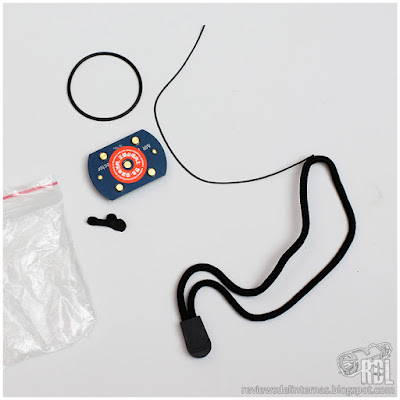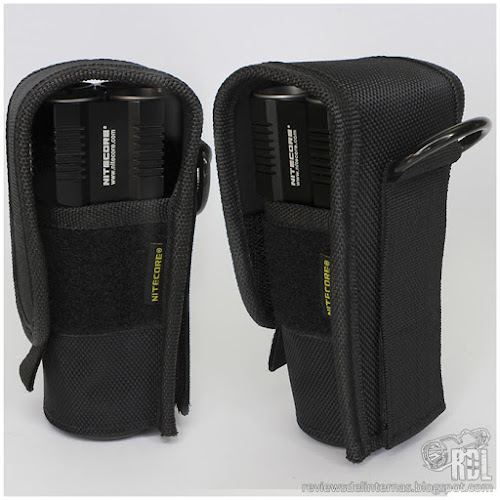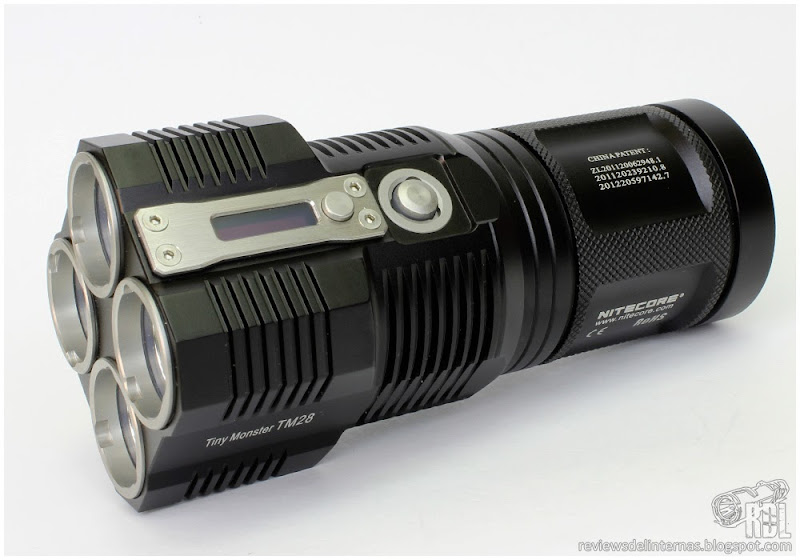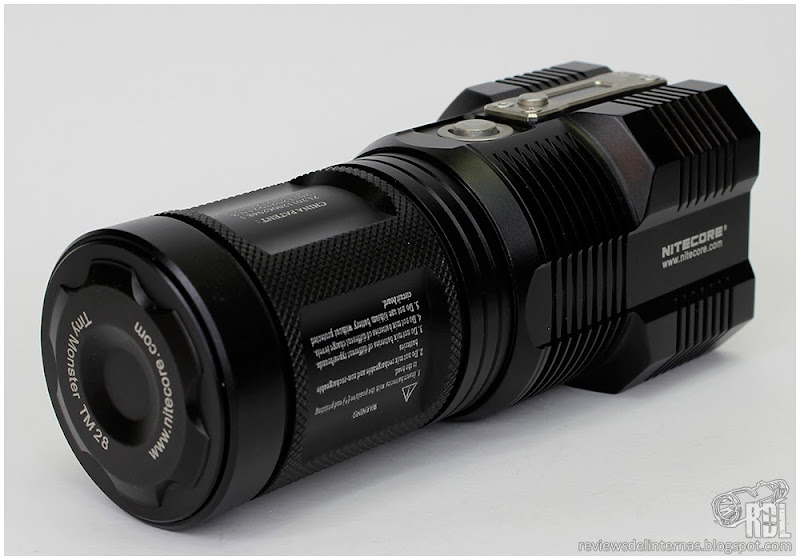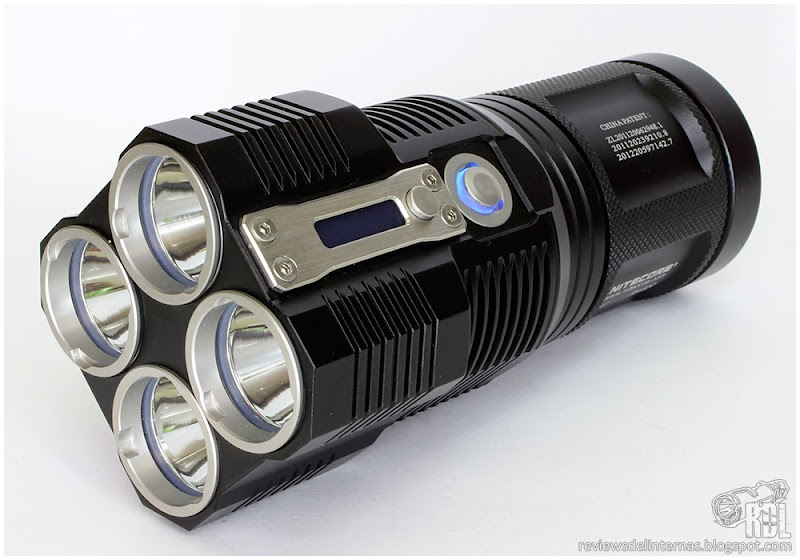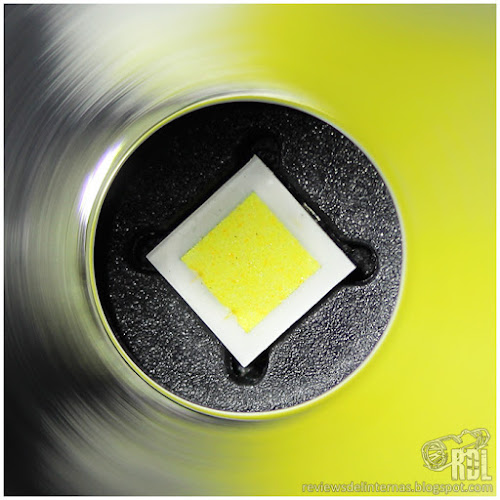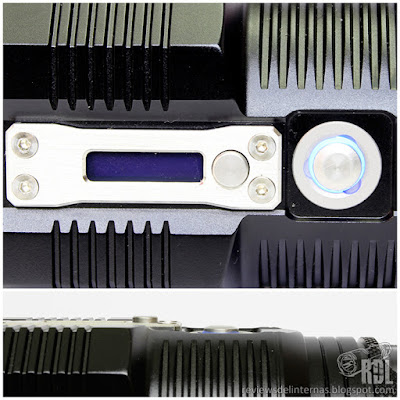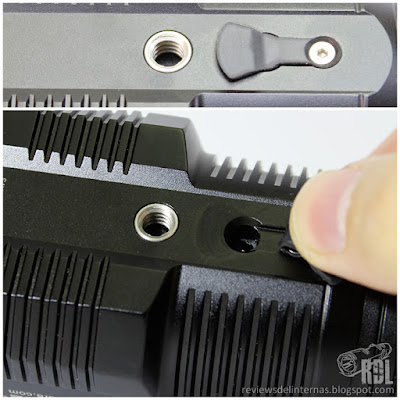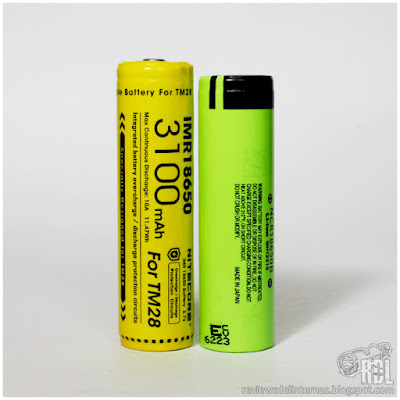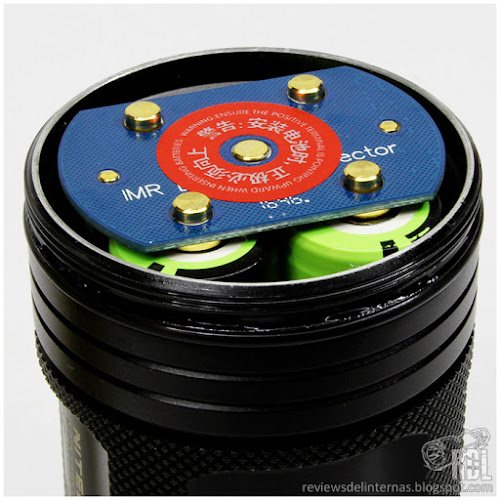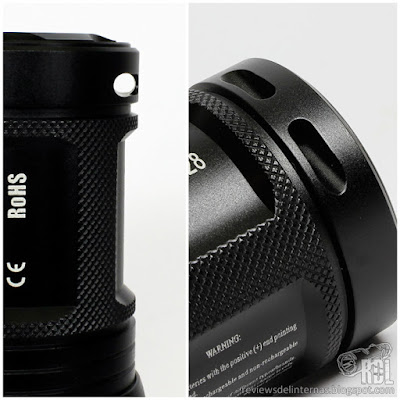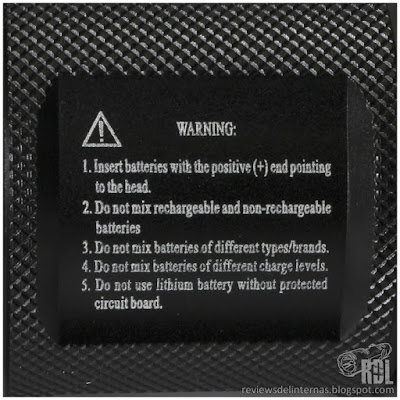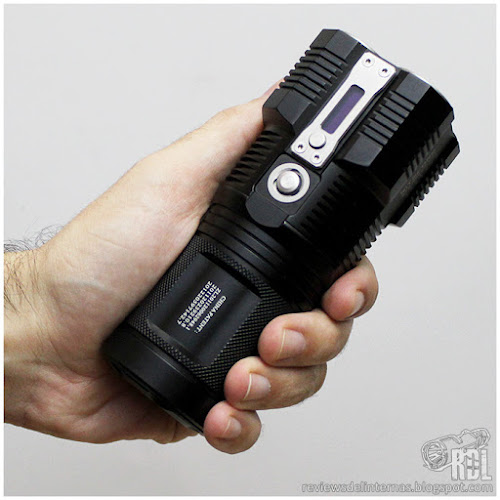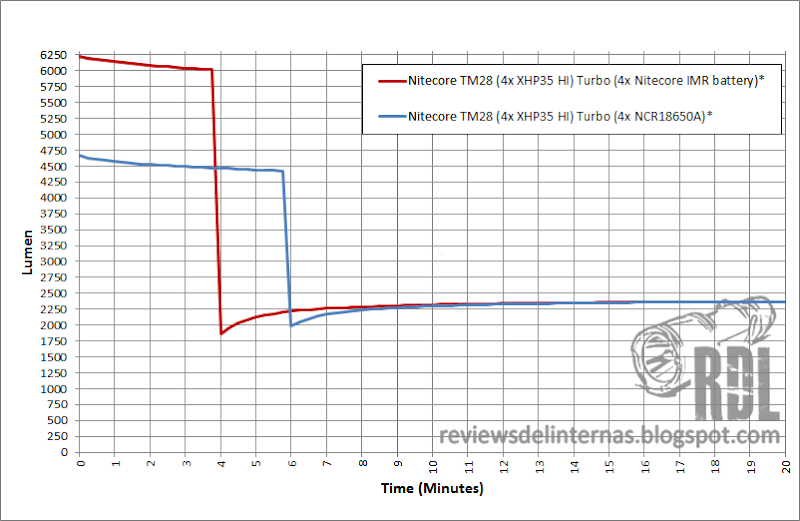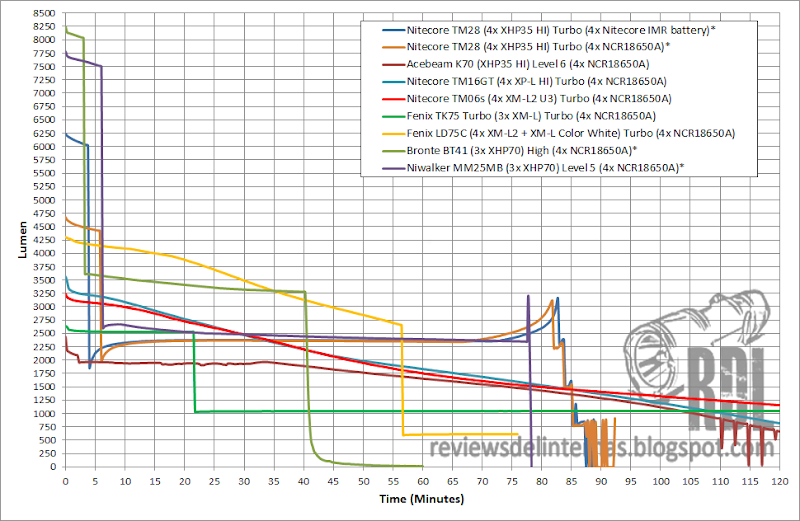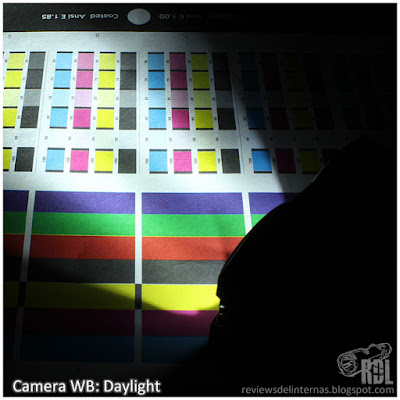NITECORE TM28
LED: 4x CREE XHP35 HI CW
Battery: 4x 18650
Modes: 5 intensities, 3 hidden strobes.
Switch: Digital, head.
Date: January 2017
Links:
Nitecore.com · RdL · ForoLinternas.com
INTRODUCTION
Nitecore’s Tiny Monster range has just taken on a new member in the monstrous family with the new TM28. This is a natural evolution of the TM26, only now with the power of the new generation of CREE LED emitters, in this case four impressive XHP35 HI .
The flashlight comes in a cardboard box in which perfectly housed inside you will find besides the impressive flashlight, which comes inserted in its textile holster, a power adapter, a wrist strap, a spare o-ring, a spare charge port rubber cover and a flat top battery adapter that we’ll talk about later. Of course, we cannot forget the usual documentation, including a well detailed user manual in english.
The case has a velcro opening that allows the flashlight to be housed with the head upwards, and is open underneath allowing to use it with a longer battery pack compatible with the TM28.
EXTERIOR FINISH
The external design of the TM28 is exactly the same as it can be found in a TM26 or in its long-range version, the TM26GT.
We are talking about a relatively compact multi-emitter flashlight, which is powered by four 18650, and has four completely independent optics.
Another of its very own features, inherited directly from the TM26, is the small OLED display located just above the digital switch, with “two stage” system and blue backlight already seen in other models of the brand.
The four independent optics have a clean and unpolluted finish. We found the four XHP35 HI perfectly centered on their respective smooth reflectors. Glass lenses have the typical violet / lilac halo so characteristic of anti-reflective treatment. The bezels are smooth, in steel with matte finish.
The XHP35 HI features a black centering mechanism.
The switch, called “two stage” and patented by the brand, is located on one side of the head, next to the small display. The design of the switch, and especially its backlight function makes it really easy to locate in the dark. The display also has a small switch that will serve to toggle the information displayed on the screen.
On the opposite side, we find a standard thread for tripod and next to it, protected by a silicone cover, a charging port with barrel type connector.
The power adapter, in my case with EU type, supplies the flashlight 12V / 1A for its charging function.
The threads come well lubricated. They are also anodized, so it is possible to lock the flashlight mechanically.
In the interior of the battery container we find a double flat spring system per battery, eliminating the “high resistance” classic spring issues. We can see how there are also adhesives warning of the correct placement of the batteries.
Nitecore has provided me with a set of four IMR batteries that are designed specifically for the TM28. They are safe chemical batteries and capable of delivering high discharge rates, with a declared capacity of 3100mAh, and with a protection circuit against overload and over discharge.
As a result of this circuit, the battery is about 3 ~ 4mm longer than it would be an unprotected cell, so it is now where the adapter for flat top batteries included as an original accessory comes into action.
This adapter, in addition to supplementing those missing millimeters in batteries without protection circuits, allowes the positive poles of the cells to make contact with the driver disk in a very simple way.
The hole for the wrist strap is located near the base of the flashlight. The base design allows to place the flashlight in solid tailstand.
USER INTERFACE
The TM28 has a rich and complete user interface, very similar to that found in other TM range flashlights. The main modes are divided into two groups, one for “daily” use (Daily mode) and one reserved for the higher performance modes (Search mode). It also has a handful of very useful features such as an electronic lock out or in display information management.
- Switching on and off: This TM28 is switched on using the digital switch on the head. This switch has two types of activation, similar to the trigger of a camera. A partial press will turn on the flashlight in “daily mode”, and a full press with the light on will turn it off. Alternatively, a full press from the power off will turn the flashlight on “search mode”.
- Changing modes: To switch between the different intensities, with the flashlight on, you must perform a partial press on the switch to toggle between modes.
- Strobe modes: To access the strobe modes, hidden from the main interface, perform a double click with the light on. The first mode we will access is a variable frequency strobe, and pressing switch partially will alternate between SOS mode and beacon mode, which flashes every approx. second and half.
- Memory: The memory function remembers the last mode used, and will use it in the next power up either in “daily mode” or “search mode”. Strobe modes doesn’t have memory.
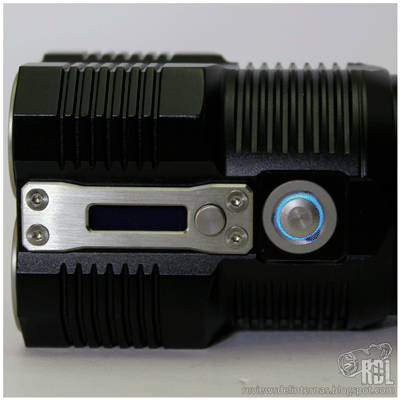
- Locator: The switch also performs a locator function, flashing its blue backlight every approx. two seconds, which will be extremely useful to locate the flashlight or even the switch in the dark.
- Block Out: The TM28 can be blocked both mechanically and electronically. To electronically lock the Tiny Monster, you must, with the flashlight on in any of its modes, hold the switch for more than one second. The flashlight will lock and any interaction with its switch will show the message “LOCK OUT”. This type of block does not prevent the standby consumption that the flashlight needs to remain on hold, although according to the instruction manual the TM28 will withstand 12 months with a set of batteries. To prevent any kind of parasitic consumption, and of course accidental activation, simply turn the thread that connects the head to the body of the flashlight by a quarter of a turn.
- OLED display: The small screen is very useful when providing information at all times about the state of the flashlight. For example, turning it on will cycle us with the information about the mode we are, the voltage of the batteries, the classic battery symbol divided into four sections as showing roughly the remaining charge, an indication with an approximate of the remaining time in hours of use with the current charge (in the selected mode) and the internal temperature of the device. We can at any time revisit this information by simply pressing the button on the display, or even toggling between the various information by successive clicks.
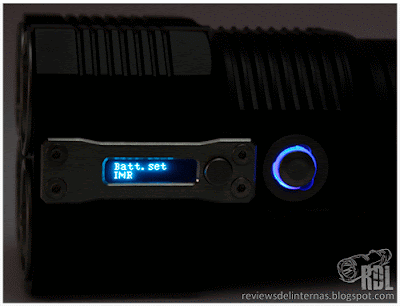
- Battery Type Selection: The four XHP35 HI emitters require high discharge rate batteries to deliver maximum performance, so Nitecore recommends batteries that are capable of delivering 10A continuous discharge to get all the juice out of the TM28. Therefore, when inserting the batteries and screwing the body the display will ask us what type of batteries we have installed, giving us to choose between IMR, Li-Ion and Battery Pack, the latter referring to the battery packs available for the TM range, such as the NB68HD. If Li-Ion is selected, the highest mode will go from 6000lm to 4500lm.
- Recharge: Using the port next to the tripod thread, the TM28 can recharge the batteries installed inside without having to remove them and use a dedicated charger. The display shows the voltage during the process, and displays the message “Chg.Finished” when the load is completed.
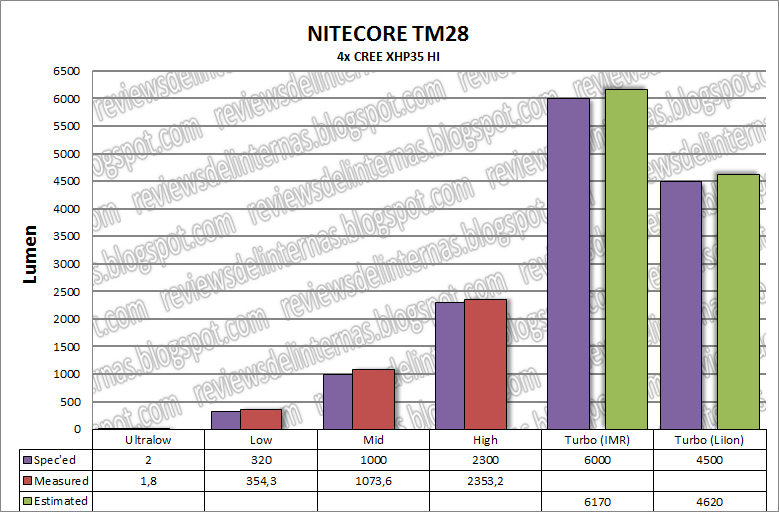
<span class=““here”:http://goo.gl/PDvRLE. details More activation. after 120 and 30 second the between reading the of point highest the value as taking procedure, FL1”:Estándares ANSI NEMA FL1 - ForoLinternas - Foro sobre linternas y tecnología LED NEMA “ANSI the following taken are measurements All”>
Again, this is a flashlight that exceeds the range of measurement for which the sphere was conceived, so the value for the highest mode of all is a mere approximation after comparing the ceiling bounce of the same with that of the Other accurate measurements.
The delivery of the modes is very good, covering very well the wide range between the 2 of the ultra-low and the 6000 of the turbo. The agreement between the measured and the specified is excellent, with all the modes that I have been able to measure accurately having slightly more output than their specs. The estimations made after comparing the ceiling bounce values between the modes that I have not been able to measure within the sphere also follow that tendency.
PERFORMANCE
As mentioned before, the TM28 will work differently depending on the type of batteries we use.
We can see the difference between the test performed with the IMR batteries versus the Li-Ion batteries with which I routinely perform my runtime tests. The IMR is able to deliver much more initial power, far surpassing the 6000lm barrier to the ignition and staying above until the stepdown goes into action and goes into High mode.
This stepdown is controlled by temperature, and as you can read in the instruction manual, when reaching 60ºc, the TM28 will lower a mode to prevent damage from overheating. By carefully looking at the difference between the two types of batteries, the TM28 with the Li-Ion and its lower performance is able to stay in the Turbo mode for a few extra minutes compared to what it is able to do with the IMR thanks to the lower temperature generated.
Compared with other multi-LED flashlights the TM28 offers one of the best regulations, with a good balance between maximum performance and runtime thanks to its stepdown management.
EFFICIENCY

(More details on how this calculation was done here)
After calculating the efficiency of this TM28 in its maximum performance mode, we see that thanks to the lower initial output and stepdown management is able to achieve with li-ion battery setup, one of the best combined values of what we have seen so far. However, the stepdown from 6000lm kills the value up to 50%.
BEAM PROFILE
The four XHP35 HI emitters, being implemented independently of each other, create a surprisingly clean projection without that typical overlapping effect that other multi-emitters with “shared” deflectors have.



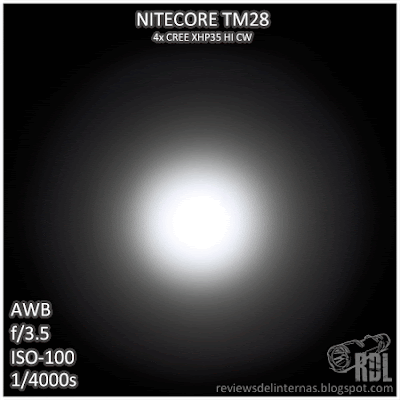
The enormous amount of light emitted by the XHP35 HI makes it difficult to notice the profile of this Tiny Monster, and we will have to go to the faster shooting speeds to intuit as the TM28 projects its light onto a smooth surface.
The tint is, in my modest opinion, one of the best cool white I’ve seen in a flashlight of these features, free of any visible dominant color.

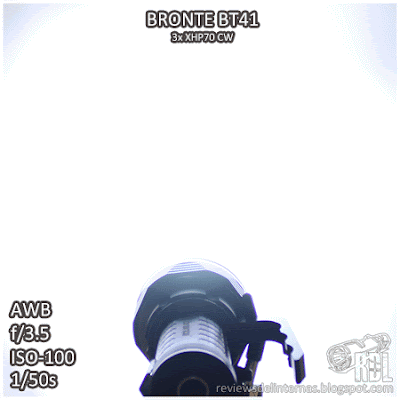


Although the XHP35 HI is a LED emitter conceived to provide extreme throw, given the dimensions of the independent reflectors, the TM28’s projection is somewhat more balanced than a single-emitter thrower would offer.
PERSONAL CONCLUSION
Although big high-performance flashlights are not my favorite, I have to admit that with material like the one I’ve recently treated, it is easy to catch the taste of this kilo-lumen monsters…
This new proposal from Nitecore has proved to be a very well-balanced flashlight, with a very complete user interface and spectacular performance.
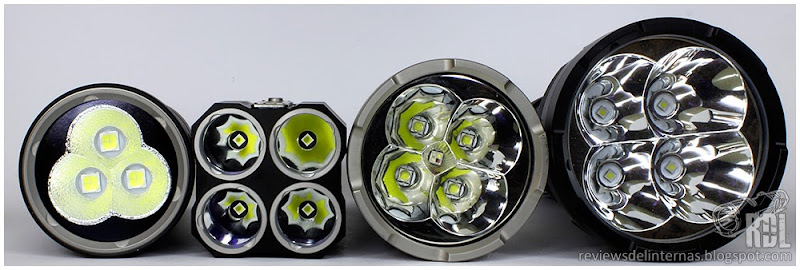
Niwalker MM25MB · Nitecore TM28 · Fenix LD75c · Nitecore TM16GT
Negative aspects: The charging port, although very useful, forces us to take with us the “proprietary” power adapter. In my opinion, Nitecore should have updated the design of the TM28 (mechanical and electronic) so, like other flashlights of the brand, makes use of a widely extended microUSB port.
Positive aspects: Although it does not reach the level of the Niwalker MM25MB, the TM28 is still a relatively compact flashlight, which at hand feels very balanced. The user interface, as usual in Nitecore products, is complete, simple to memorize and rich in functions and features. I find it very interesting to have “separated” the two highest modes into a different group. The amount of information available on display is really a delight for those who enjoy this kind of details. Special mention to the elegant way Nitecore solves the eternal problem of compatibility with button-flat-protected-unprotected batteries.
Nitecore TM28 sample provided by Nitecore for analysis, test and review. Thank you!




